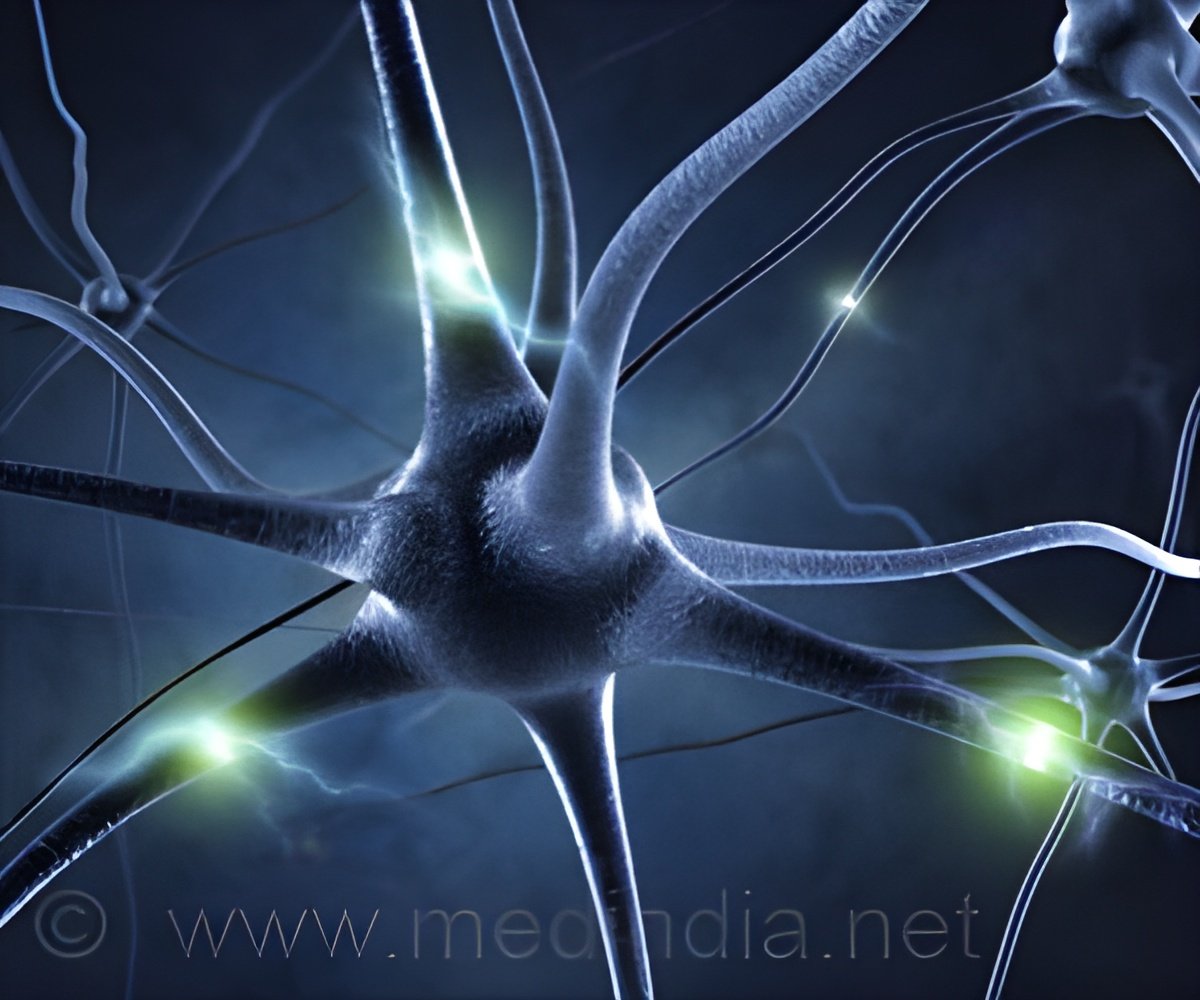
Pain is often one of the first signs of an infection, but the exact mechanism which causes it is unknown. An article published in the journal Brain, Behavior, and Immunity(1✔ ✔Trusted Source
STING recognition of viral dsDNA by nociceptors mediates pain in mice
) reports that a sensor in the immune system called STING (stimulator of interferon genes) can activate a channel that mediates pain when it detects certain nucleic acids, including viral DNA.
STING is an important part of the innate immune system in nerve cell endings called nociceptors, which are responsible for sensing pain.
Role of STING in Pain Perception
The researchers examined mice infected with the varicella-zoster virus (VZV), which causes shingles and chickenpox, and herpes simplex virus 1 (HSV-1). They found that eliminating STING from nociceptors significantly decreased pain without altering viral load or inflammation.
Researchers think that the STING signaling pathway is directly associated with pain, regardless of inflammation, may also be applicable to other bacterial and viral illnesses, such as COVID-19. Recent reports have indicated that SARS-CoV-2 and STING interact to cause pain.
Immune cells normally recognize viral nucleic acids, which activate receptors and viral signaling, triggering an immune response. These receptors and viral signals are present in nociceptors.
“Recognition of parts of the virus, probably DNA, by STING is involved in the process of pain induction. At least part of the process appears to be directly linked to neuron activation and not to inflammation. This opens up various perspectives. The main question now is whether it can make the individual more susceptible,” Thiago Mattar Cunha, a professor at the University of São Paulo’s Ribeirão Preto Medical School (FMRP-USP).
Cunha explained that the group’s focus is on the role of this mechanism in protecting the subject against infection in order to develop therapeutic strategies that avoid pain without affecting the immune system.
Advertisement
STING Activation and Pain Pathways
Pain has always been associated with the inflammatory process, but in the last decade a new concept has emerged in the scientific literature, suggesting that microorganisms – bacteria and fungi – can activate it by means of their ‘products’.
More recently, research has found evidence that viruses can activate nociceptive neurons by expressing certain receptors, such as STING. They decided to explore this pathway.
Advertisement
Activation of STING traditionally “recruits” the protein TBK1, which induces production of interferons, molecules essential to the immune response.
The study showed that inhibition of TBK1 reduced pain, while blocking of interferons had no effect, suggesting that STING can trigger pain via separate and independent pathways.
The study also showed that activation of STING activated the capsaicin receptor ion channel, leading to nociceptor depolarization. This post-transcriptional mechanism is also a new discovery over and above what was already known about STING signaling.
Reference:
- STING recognition of viral dsDNA by nociceptors mediates pain in mice- (https:www.sciencedirect.com/science/article/pii/S0889159124004823?via%3Dihub)
Source-Eurekalert



